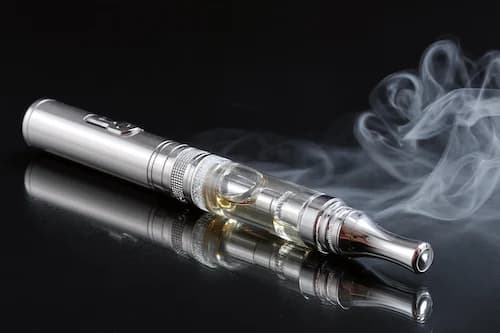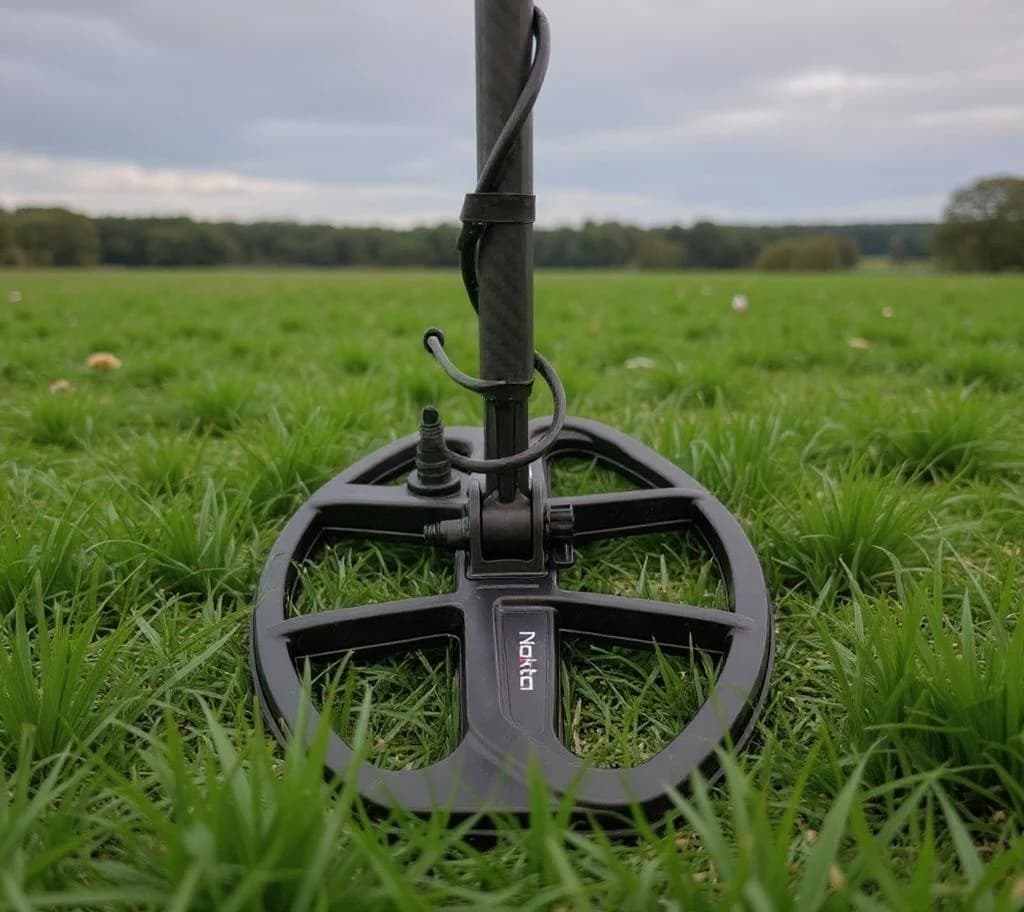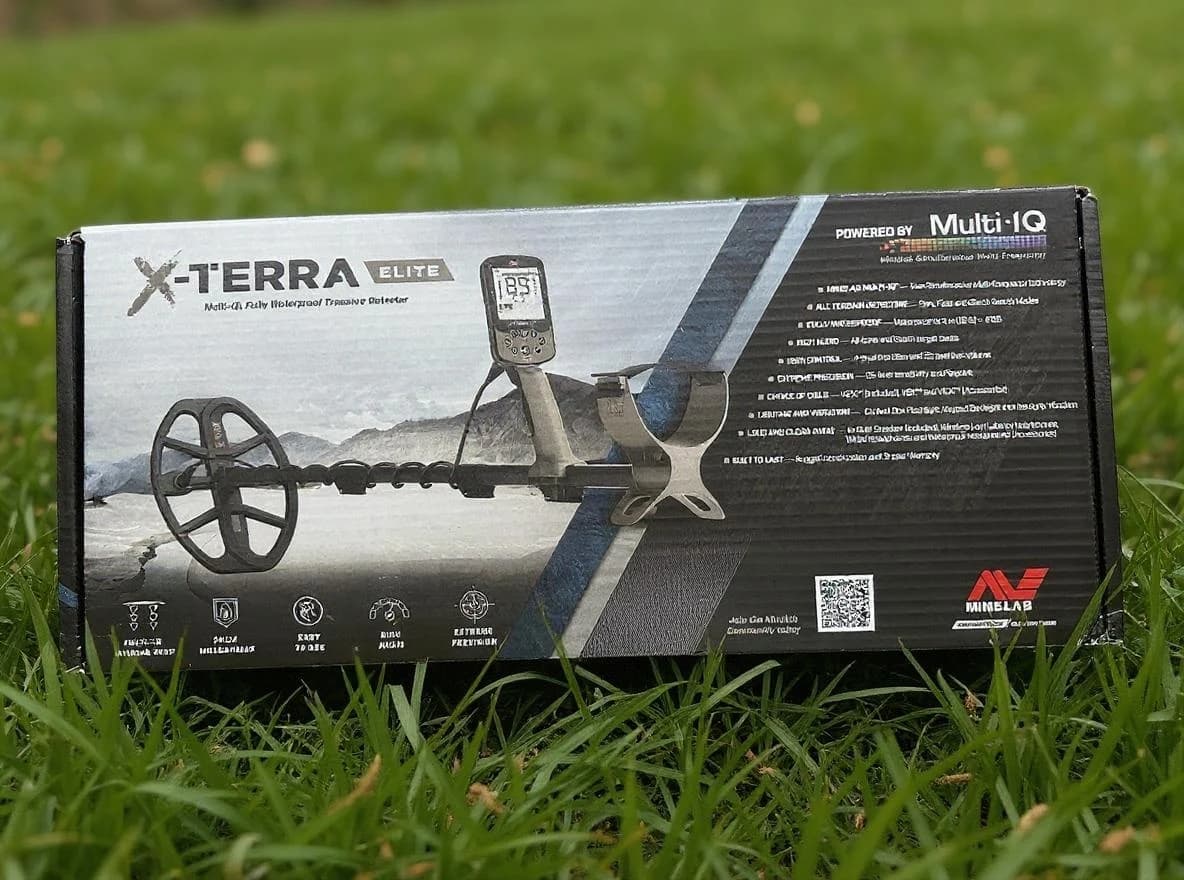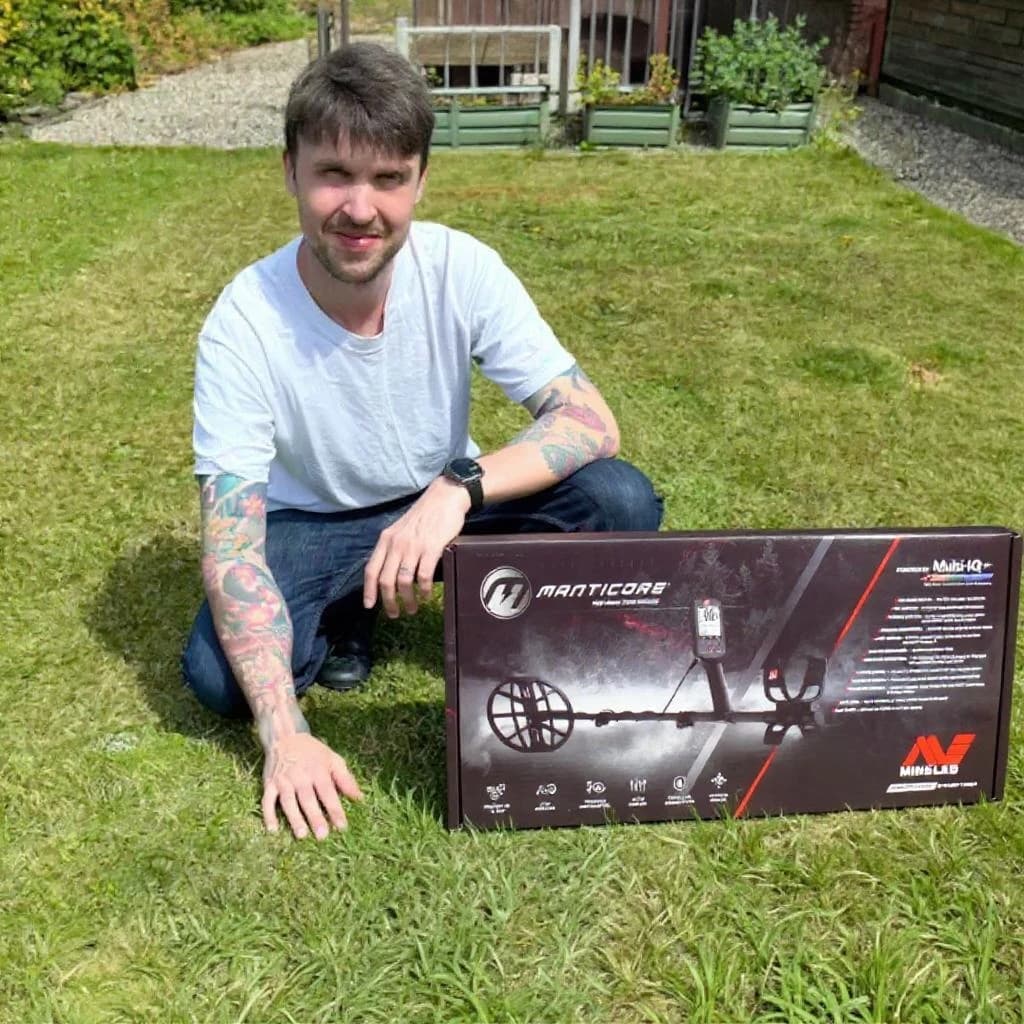Field Guides
Everything you need to know about permissions, laws, and finding the good stuff.
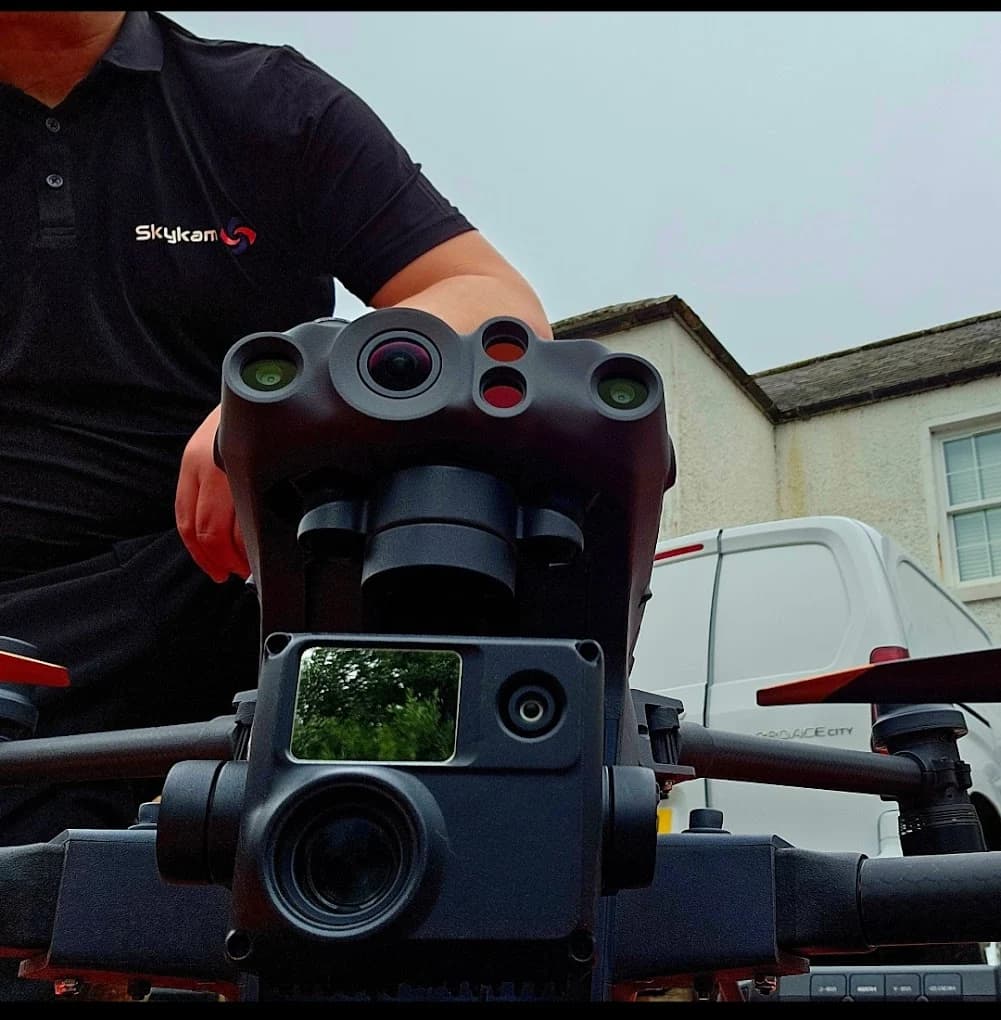

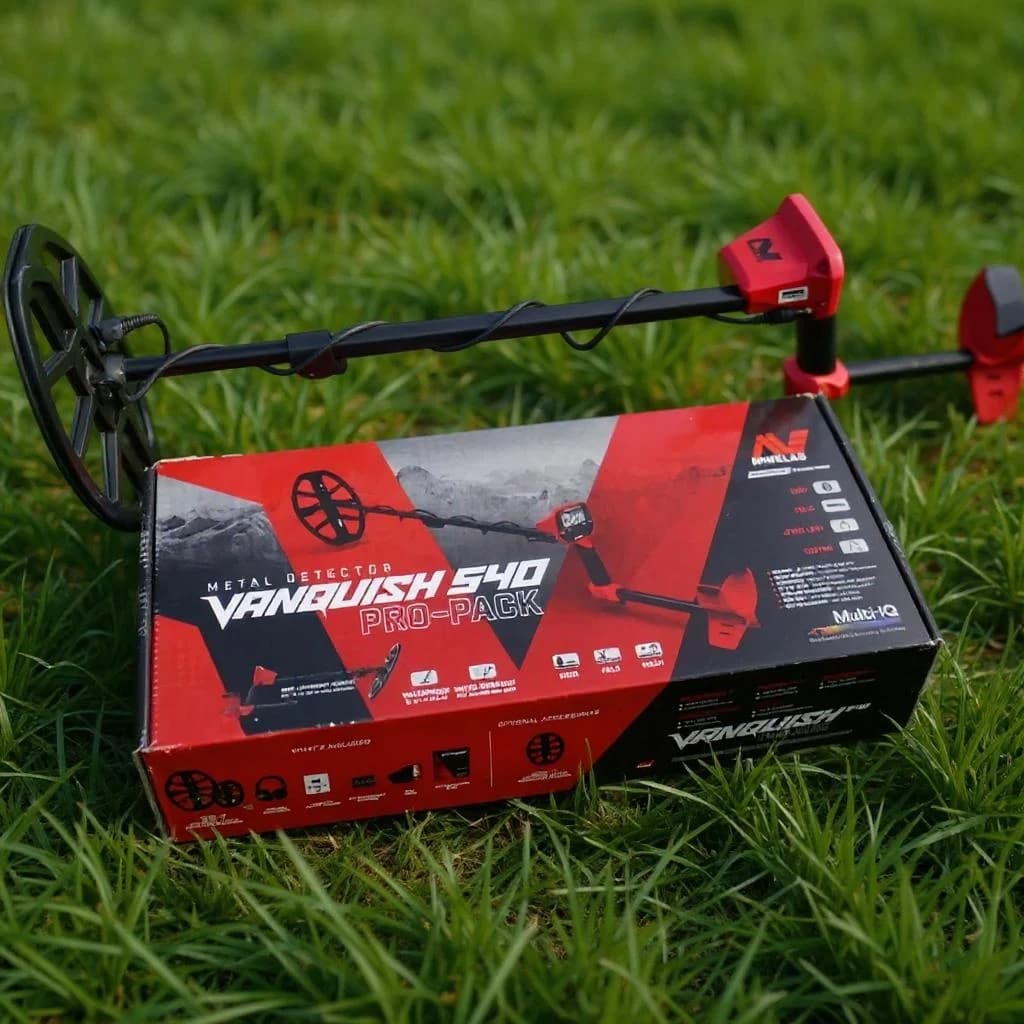
UK Metal Detecting Licence Rules
If you're considering metal detecting in the UK, you might assume you'll need some sort of official licence or permit to get started. The reality is much simpler than most people expect, though there's more to the legal side than just buying a detector and heading out.
